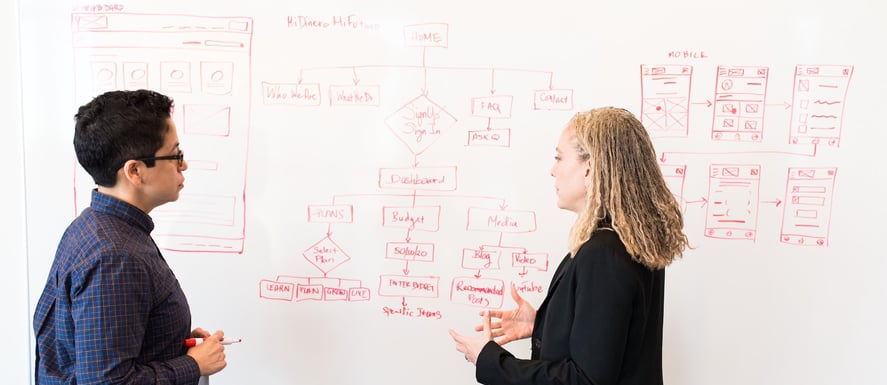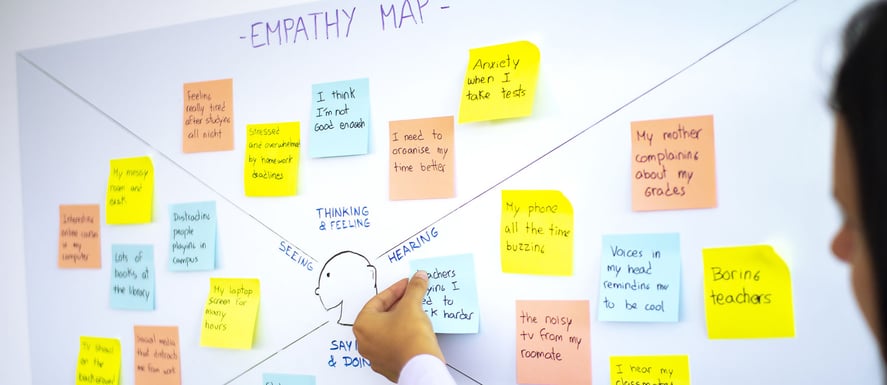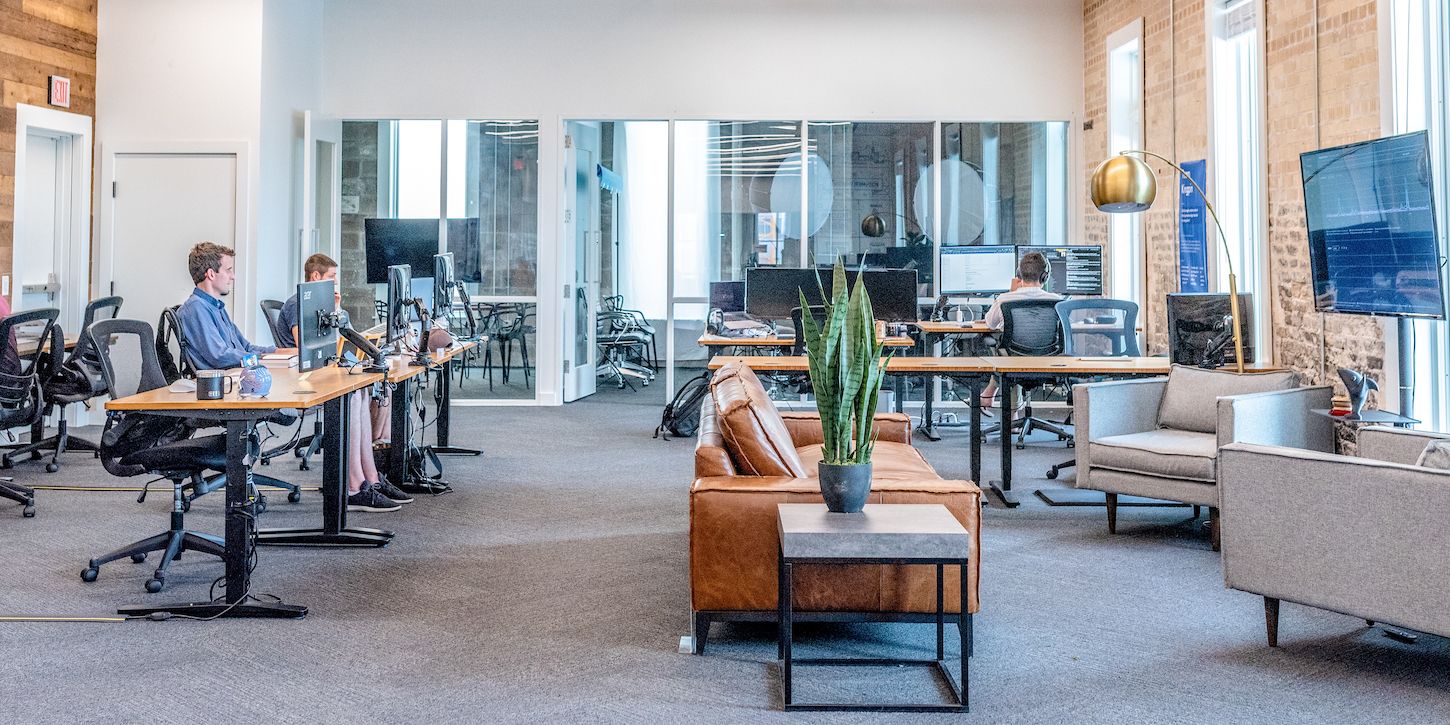 Learning experience design focuses on delivering instructional materials that are "functional, reliable, usable, convenient, pleasurable, and meaningful," for students. On the other hand, instructional design focuses on learning outcomes and pedagogical theory.
Learning experience design focuses on delivering instructional materials that are "functional, reliable, usable, convenient, pleasurable, and meaningful," for students. On the other hand, instructional design focuses on learning outcomes and pedagogical theory.
Learning experience design (LXD) might sound a lot like user experience design and that’s because they are extremely similar. Both disciplines take a user-centered approach, and practitioners are required to perform research, create personas, design wireframes, build interactive prototypes, and develop responsive websites.
One difference between the two is that user experience designers are found outside eLearning, in areas including enterprise software, mobile apps, and physical consumer products. However, LXD and UX share the same end goal: design an accessible and pleasurable experience where meaningful learning can happen.
"Accessibility needs to be considered from the very beginning of a project," said UNINCORPORATED's Design Direct, Rebecca Koller. "What good are well-designed course materials and educational content if it is not functional, accessible, and inclusive for everyone?"
User Experience (UX) Design

User experience design makes beautiful website designs functional, easy to navigate, and pleasing to use. UX takes the school's branding (e.g., logos, color palette, typography, personality, tone, voice, interactive elements, and structure) to shape not only how a brand is perceived, but how it is felt and enjoyed by visitors.
Something as small as not having enough spacing between letters can make a layout overcrowded, making the content suffocating rather than enlightening. A UX designer pays attention to every detail and takes what would otherwise be dull elements floating in a void and brings them to life through artistry and branding.
Designing for Mobile
The Learning Hierarchy of Needs states that learning experiences should be "functional, reliable, usable, convenient, pleasurable, and meaningful." Mobile learning is a critical area where learning designers can create experiences that fit into student's lives and add value.
Examples of Mobile-Friendly Learning Experiences
- Incorporate podcasts into learning activities
- Create short, microlearning videos (5 minutes or less) that can be consumed throughout the day
- Design presentations using large font sizes (we recommend 30-point, when possible)
- Use a Learning Management System (LMS) with a sleek mobile app like Canvas
- Encourage students to use platforms like Medium and LinkedIn to boost thought leadership
- Create assignments that utilize familiar platforms like YouTube and Twitter.
The Role of a UX Design Agency

A user experience design agency translates a school's essence into a digital experience that not only informs but evokes positive feelings. They apply best practices to deliver an end product that students will love, instead of a struggle to use. They understand the mechanics of design, and the psychology of the individuals using it.
Choosing the Right UX Design Agency
If you're looking to hire a user experience design company, the process for evaluating your options follows the same structure as choosing the right eLearning design agency. Here are five questions to answer:
- Does their design portfolio demonstrate the ability to deliver your project?
- Is their work innovative in ways that you value?
- Who is on their team, and what are their qualifications?
- Are their recent customers similar to your organization?
- What are people saying about them online?
Learning Experience Design Facilitates Growth
With so many more adult learners pursuing undergraduate degrees and enrolling in online graduate programs, learning experience designers are taking their diverse student's needs to heart.
Because adult learners are more likely to be working jobs and raising families, they should be free to concentrate on research, readings, projects, and assessments, and not frustrated by inefficient systems.
"Everyone loves learning, but not everyone loves school," said UN's Senior Learning Scientist Curtis Wang. When students are at the heart of experience design decisions, schools support learning instead of inhibiting growth.










